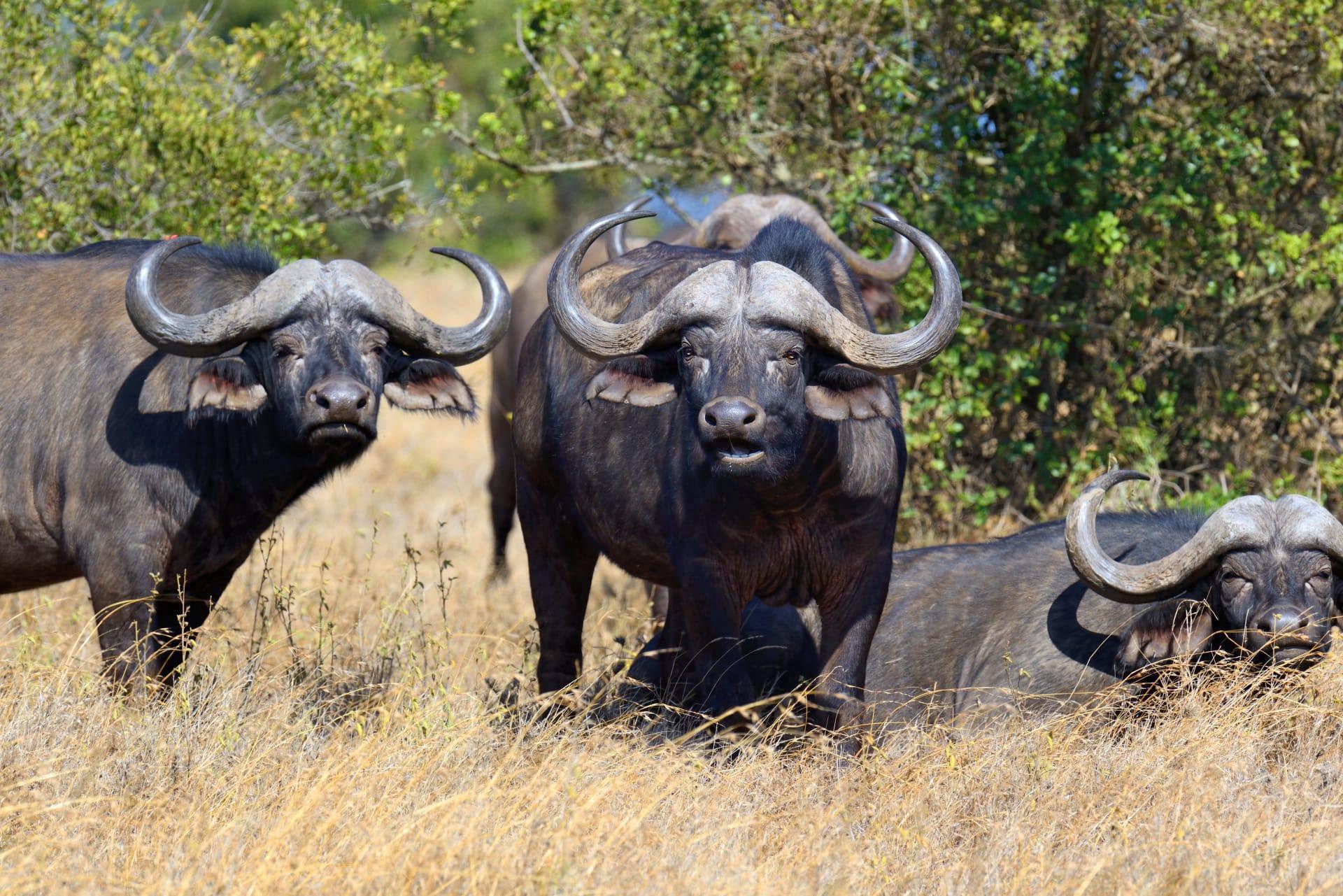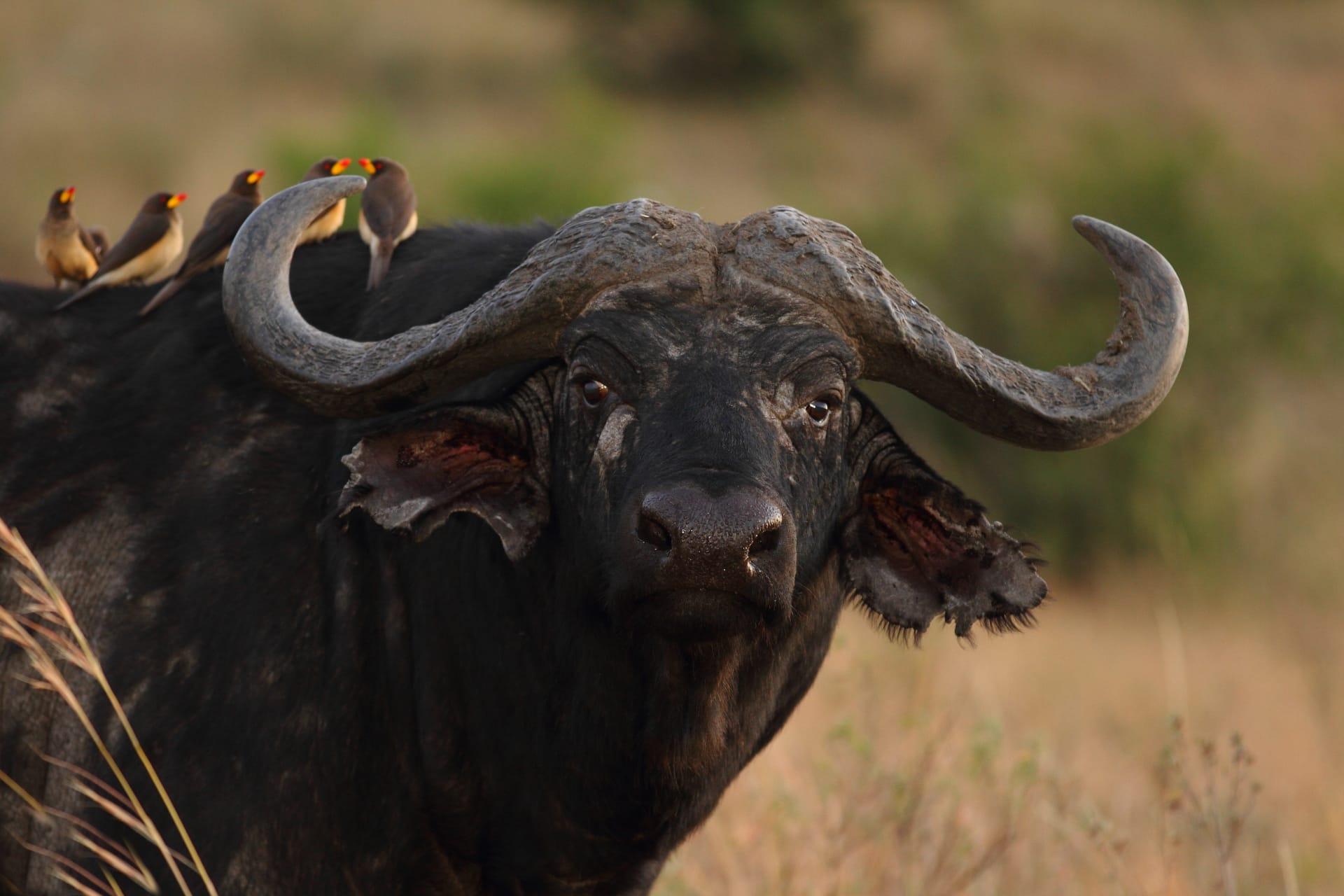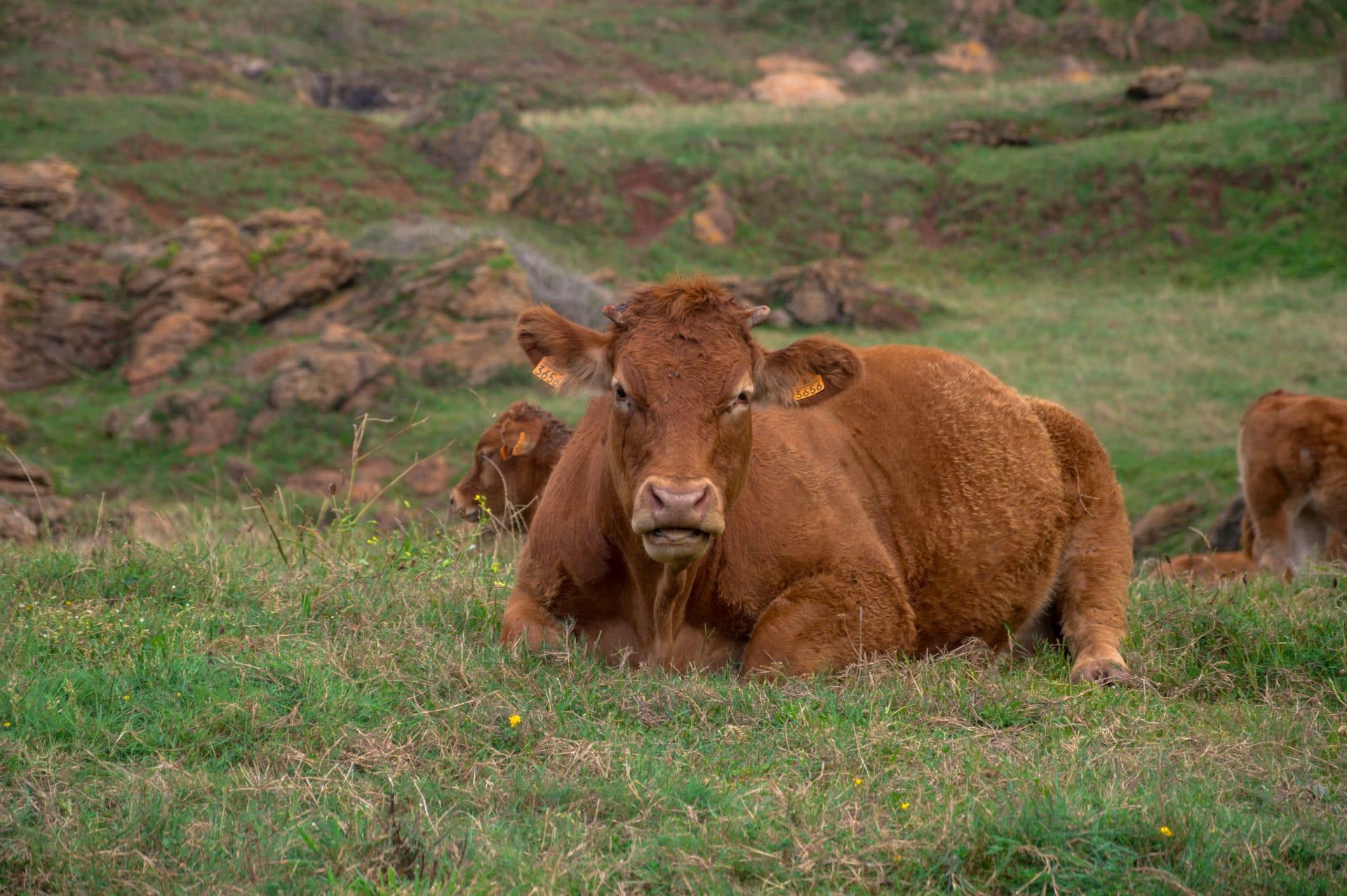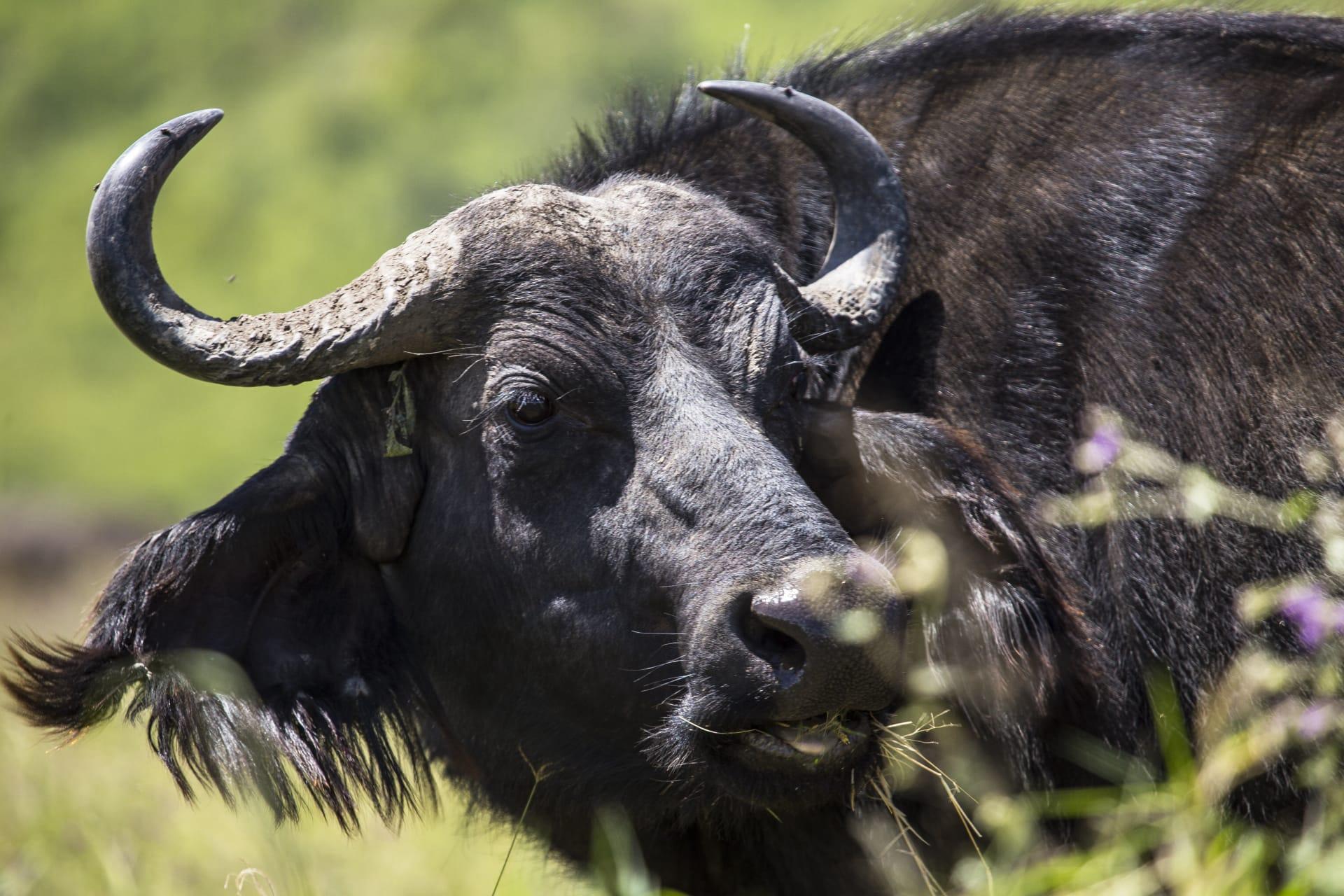Cow Trivia
- Home /
- Trivia Question /
- Animal /
- Cow Trivia
1
Question: How many stomach compartments does a cow have, and what are their functions?
Answer: Cows have a unique digestive system with four stomach compartments: the rumen, reticulum, omasum, and abomasum. The rumen, the largest part, holds up to 50 gallons and ferments plant-based food with the help of microbes. The reticulum works alongside the rumen in the fermentation process. The omasum filters out water and nutrients, while the abomasum, similar to a human's stomach, uses acids and enzymes to digest food.
Question: How much water does a cow drink in a day, and how does it affect milk production?
Answer: A cow drinks about 30 to 50 gallons of water daily, which is crucial for its health and milk production. The amount of water consumed can directly affect milk yield. For instance, a dairy cow producing 10 gallons of milk needs at least 35 gallons of water per day. Lack of sufficient water can lead to decreased milk production and overall health issues.

2
Question: Is it true that cows cannot walk downstairs?
Answer: It's a common misconception that cows can't walk downstairs. Cows can technically walk downstairs, but it's challenging and uncomfortable for them due to their heavy front body structure and inability to see the ground directly beneath their heads. This makes descending stairs risky and uncommon for cows.
Question: Do cows always face north or south while grazing?
Answer: The idea that cows consistently graze facing north or south is a myth. Cows don't have a fixed direction for grazing. Their orientation while grazing or resting is influenced by various factors like the sun's position, wind direction, and the type of terrain they are on. Studies using satellite imagery have shown cows may align with the Earth's magnetic fields, but this behavior is not consistent.

3
Question: How long do cows live on average, and what factors influence their lifespan?
Answer: The average lifespan of a cow is around 20 years, but this can vary widely. Factors affecting their lifespan include breed, living conditions, health care, and whether they are dairy or beef cows. Dairy cows often live shorter lives, typically 5 to 8 years, due to the physical demands of high milk production, while beef cows can live longer if they are well cared for.
Question: Can cows swim, and how well do they perform in water?
Answer: Yes, cows can swim and they are quite good at it. Cows can swim naturally and are capable of covering several miles in water if needed. Their buoyant bodies and instinctive paddling movements enable them to float and move through water, often used to cross rivers or flooded areas.

4
Question: What is the record for the highest milk production by a cow in a year?
Answer: The world record for the highest milk production by a cow in a year was set by a Holstein cow named "Aurora" in 2020, who produced 77,480 pounds (about 35,165 kg) of milk. This record-breaking yield is far above the average annual milk production of a dairy cow, which is around 23,000 pounds (approximately 10,433 kg).
Question: How do cows contribute to environmental challenges, particularly in terms of methane emissions?
Answer: Cows contribute significantly to environmental challenges through methane emissions. A single cow can produce about 220 pounds (100 kg) of methane per year. Methane, a potent greenhouse gas, is released during the digestive process known as enteric fermentation. This makes livestock, especially cows, a notable factor in greenhouse gas emissions related to agriculture.

5
Question: What is the significance of a cow's four-chambered stomach in the ecosystem?
Answer: A cow's four-chambered stomach plays a vital role in the ecosystem by breaking down cellulose-rich plant materials that many other animals cannot digest. This process not only aids in nutrient cycling but also supports diverse microbial communities in their stomach, contributing to biodiversity.
Question: How do cows communicate with each other, and what are some common sounds they make?
Answer: Cows communicate using a range of sounds and body language. Common vocalizations include mooing, which can express various emotions like distress, hunger, or contentment. Cows also use body movements, like head tossing and ear positioning, to communicate. Recent studies have shown that cows have distinct 'voices' and can even show excitement when solving problems, indicating a higher level of social and cognitive abilities than previously thought.